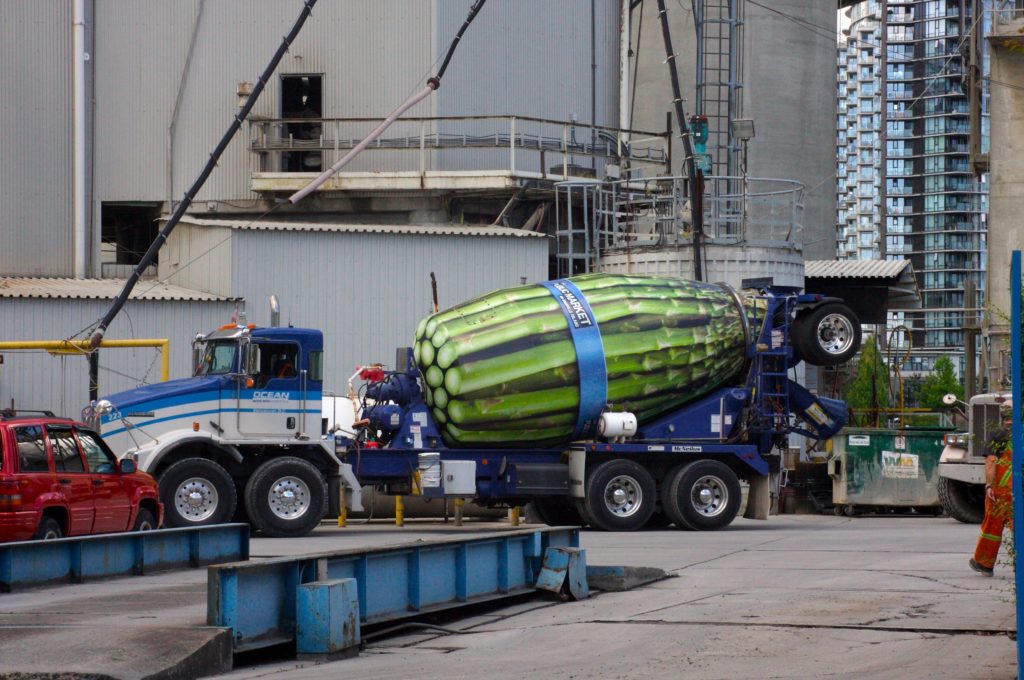Cement mixers are used to save the time of mixing cement that used to be mostly done manually and required lots of time and effort. There are various types of cement mixers that are in use and the size and type of a cement mixer completely depends on the amount of mixing that is to be done. The amount of concrete that is to be mixed determines the kind of cement mixer to be used.
THE DIFFERENT TYPES OF CEMENT MIXERS AND FIND OUT WHICH ONE IS BETTER
Mini mixers: The mini mixers are very good options when the mixing to be done is less. The amount of output of these mixers is generally limited to some 200 liters per batch. Since these mixers are loaded manually, the amount of output varies a lot. Another affecting factor is that the amount of output is always some 30% less than the input. Because of the consolidation that happens during the mixing. These are very good for mixing plasters and mortars.
Advertisement
Petrol and diesel variety: Petrol as well as diesel mixers are more expensive than most of the others but are a very good option for many because these do not work on electricity. But petrol mixers are cheaper than the diesel ones. On the other hand, diesel mixers are quite popular among many builders due to their durability and low running cost.
Electric cement mixer: The electric variety is very popular as these are handy and easy to buy or even hire. But the only disadvantage of this type of mixer is that you need extension cords or outlets to plug these. This may be a big problem for you when you are traveling to some other place where there is no electric supply.
Industrial variety: Industrial cement mixers are used in places where a large amount of concrete output is needed. The industrial mixer has two shaft batch mixers that enable fast mixing. These are very powerful and handy and are very useful for large outputs.
Concrete transport truck: These are special types of mixers where concrete is mixed and transported. Dry materials and water are put into the drum and the mixing is done during transport.
All these mixers are used widely throughout the world depending upon the amount of output needed.

